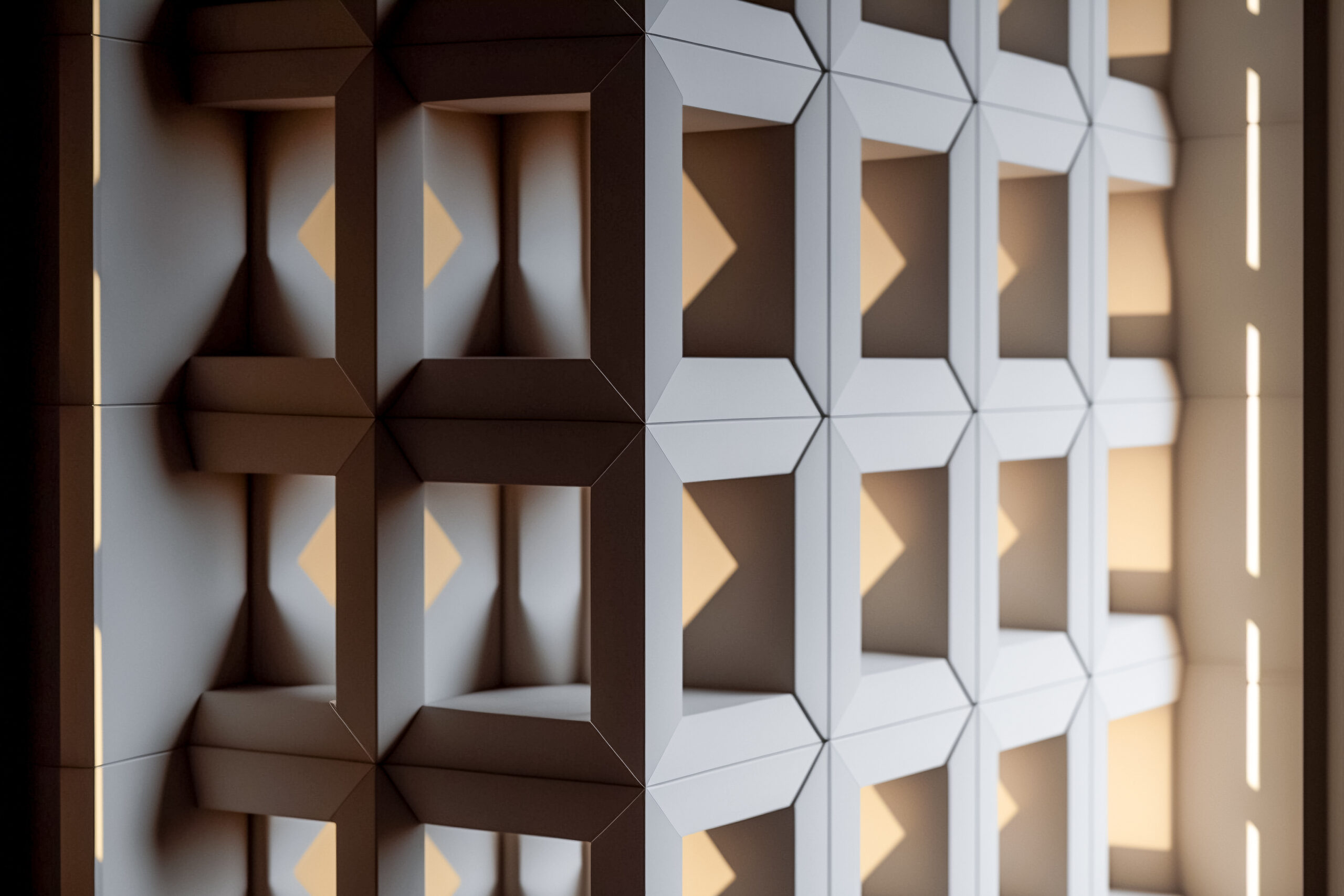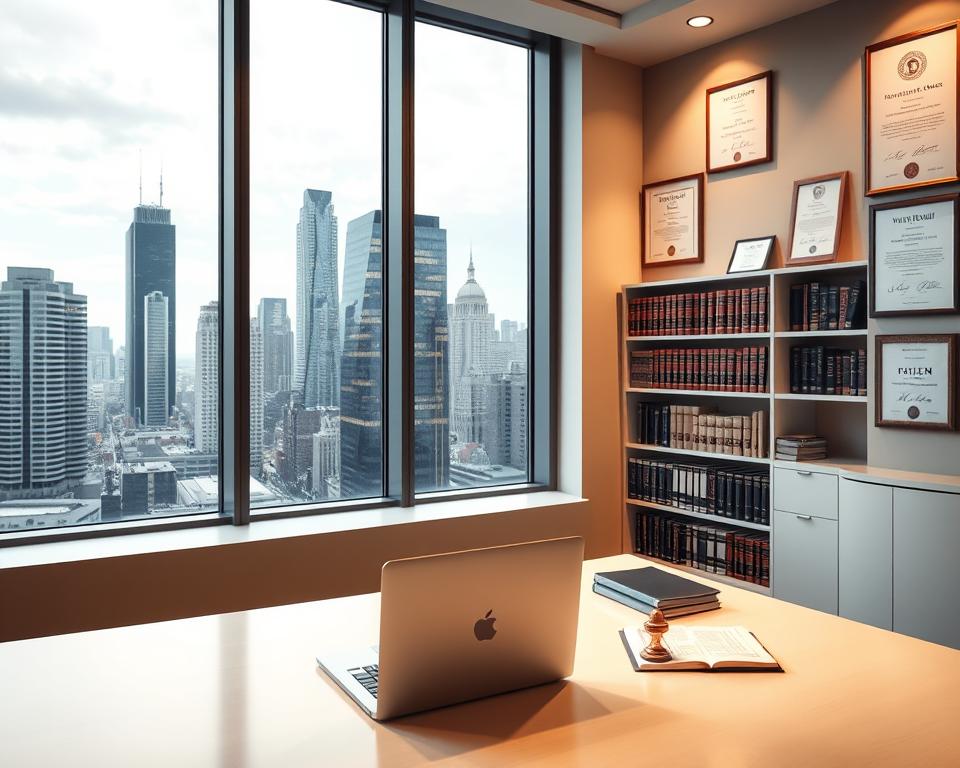Understanding Fiber Additional Layering Systems
Did you know that exceeding 90% of worldwide online data flow depends on fiber optic technology? This statistic highlights the criticality of each part in fiber optic cable manufacturing, particularly the fiber secondary coating line. These setups are vital for securing the fiber optic cables’ resilience and performance.
This write-up will delve into the complexities of fiber secondary coating lines. We will discuss their essential function in shielding fiber optics. Furthermore, we will examine how these processes enhance cable durability and efficiency. This knowledge is essential for those engaged in SZ stranding line field and production.
Introduction to Fiber Optic Technology
Optical fiber technology has transformed data transmission, utilizing optical signals over electrical ones. This technique ensures rapid communications with minimal data degradation. At the center of this technique exist the basics of fiber optics. These principles are supported by a sophisticated design. It consists of a center, coating, coating, support fibers, and a defensive layer. Each component is crucial for the technique’s functionality.
The technique’s incorporation into communication networks has reshaped our communication landscape. It effectively handles large data volumes, supporting web, telephony services, and TV systems. Therefore, optical fibers not only improves performance but also ensures reliability globally.
What is Fiber Secondary Coating Line
A fiber secondary coating line is a set of specialized equipment and operations. It adds defensive layers to optical fibers after fabrication. This additional covering is crucial for the optical fibers’ durability and operation. It defends them from environmental and mechanical risks. The importance of coatings in preserving fiber optic strength is obvious.
Explanation and Significance in Optical Fiber Manufacturing
The additional covering procedure is vital in optical fiber production. It involves layering the fiber cores with a plastic coat. This coat protects the strands during deployment and use. It prolongs the longevity of optics by minimizing wear from flexing, abrasion, and foreign materials.
Without these layers, strands would be vulnerable to breakage and operational challenges. This process is vital for upholding the optics’ strength.
The Role of Coverings in Safeguarding Fiber Strands
Coverings are essential in preserving the optical clarity and physical strength of fiber strands. They serve as a barrier against mechanical pressure and environmental conditions. The importance of coatings is evident; they improve the optical fiber strength. This guarantees easier setup and a prolonged operational period.
This focus on secondary coating is key for those in fiber optics. It’s a detail that greatly affects the fiber’s performance and longevity.
Parts of Optical Fiber Auxiliary Coating Systems
The fiber secondary coating line is a intricate setup, consisting of numerous critical parts. These components are crucial for creating top-notch products. They aid in understanding how a fiber secondary covering setup works and what it needs to run efficiently.
Main Equipment Overview
Key machines like optical fiber feeders, gel units, polymer applicators, junction units, and cooling units form the heart of the auxiliary coating system. Each piece of equipment is crucial for the layering operation. For illustration, the coating machine melts the covering substance, and the connection point applies it evenly around the optic. These components must operate in harmony to ensure consistent manufacturing and item reliability.
Raw Materials Used in Coating
The pick of materials for covering is critical for obtaining the expected functionality. UV-cured acrylate polymers are commonly preferred for their excellent protective qualities. These materials shield the strand, boost its longevity, and boost general effectiveness. The proper blend of materials guarantees the completed item adheres to regulatory benchmarks and user needs.
Understanding the Secondary Coating Process
The auxiliary covering operation is essential in the manufacturing of optical fibers, offering vital safeguarding to the recently created strands. This procedure consists of the application of protective materials to boost the optic’s durability and functionality. The sequence of this procedure is critical; it provides ideal attachment, thus cutting down on waste and boosting operational effectiveness.
Manufacturers utilize various coating technologies, such as extrusion and gel layering, to tailor specific coating properties and depths. Each technique provides specific perks, appropriate for different fiber applications and requirements. As the demand for top-notch fiber strands grows, improving the secondary coating process is crucial. It is critical for upholding sector norms and pushing covering innovations.
Role of the Draw Tower in Secondary Layering
The fiber draw tower is vital in the fabrication of fiber optics. It pulls optics from starting material while applying protective coatings as they solidify. The caliber of the draw tower is vital, impacting the covering’s performance.
Operation of the Extraction Structure
The extraction structure warms the preform before pulling the strand at a controlled pace. This process is vital for preserving the fiber’s structural integrity. As the optic comes out, coverings are added instantly for even defense against external and physical harm. The draw tower’s design ensures ideal covering placement timing and attachment.
Relationship Between Draw Tower and Coating Quality
The draw tower’s quality directly impacts the coating’s final result. Irregularities in the drawing process can result in irregular layering dimensions, affecting the fiber’s performance. Top-notch extraction structures remove these challenges. A consistent covering arrangement boosts physical strength, making the fiber secondary coating line more durable and useful in diverse operations.
Traits of Superior Auxiliary Coverings
Top-tier coverings are vital for the effectiveness and dependability of fiber optic arrangements. They must comply with rigid structural and optical guidelines to ensure data transmission efficiency. This understanding helps producers in developing more dependable outputs.
Mechanical and Optical Performance Standards
Additional layers need to display outstanding mechanical properties. They must endure mechanical pressure and maintain functionality across diverse environmental settings. This involves bonding strongly to the fiber’s core and avoiding shrinkage or expansion. Additionally, they should improve optical clarity, enabling fast information exchange with negligible attenuation.
Significance of Bonding and Durability Against Layer Separation
Adhesion of the coating to the glass core is vital for the system’s integrity. Without firm bonding, the likelihood of coating detachment increases, likely resulting in failures. High-quality coatings are crafted to prevent layer separation, providing longevity and consistency across diverse operations. This durability not only increases the optic’s durability but also boosts functionality, emphasizing the significance of choosing top-notch covering substances.
Advancements in Secondary Layering Processes
The evolution of auxiliary covering systems is driven by the demand for productivity and high-quality items. In the fiber optics market, the use of innovative coating equipment is on the rise. These advancements highlight real-time monitoring systems and improved coating machines. Such systems allow fabricators to sustain high-quality standards while optimizing fabrication procedures.
Improvements in Secondary Layering Machinery
Latest innovations in auxiliary covering systems have transformed manufacturing capabilities. New polymer applicators now provide exact management over the covering operation. This results in improved uniformity and performance in the final product. Automation and intelligent setup incorporation further enable speedier fabrication operations with reduced human intervention. This not only reduces mistakes but also enhances overall output.
Juxtaposition of Auxiliary Covering Systems
Juxtaposing various secondary coating line technologies is crucial. Modular systems excel for their versatility and growth potential. They enable producers to respond to changing manufacturing needs without large-scale setup alterations. In comparison, traditional setups are renowned for their consistency and established performance. The selection of system hinges on a company’s specific needs, financial constraints, and production goals.
Perks of Secondary Layering Processes
Secondary coating lines provide multiple advantages to manufacturers in the fiber optic industry. They improve the production process, resulting in improved economic efficiency and higher product standards.
Cost-Efficiency in Production
Secondary coating lines are essential to reducing production costs. They minimize material waste and simplify procedures, leading to major financial savings. This productivity increases profit margins, making it essential for companies aiming to stay competitive.
Enhanced Output Standards and Longevity
Auxiliary covering systems also elevate output standards. The long-lasting layers added through these systems improve the output longevity of optical fiber strands. This leads to prolonged operational period and dependability, providing superior performance and customer happiness.
Applications of Fiber Secondary Coating Lines
Optical fiber auxiliary covering systems are essential across various industries, guaranteeing the consistency and performance of optical fibers. These fibers are essential in telecommunications, forming the foundation of high-speed internet services. They enable smooth communication, bridging consumers worldwide.
In the medical sector, these strands are essential for medical tools and evaluation tools. Their precision and durability are critical for clinical operations. The applications of fiber secondary coating also extend to space and defense sectors, where they support data exchange processes and monitoring devices.
Electronics for consumers gain significantly from the enhanced durability of these fibers. They support tools functioning in challenging settings. The versatility of these optics permits innovative solutions, rendering them essential in today’s contemporary technological environment.
Impact of Secondary Coating on Fiber Optic Performance
The auxiliary covering is essential for enhancing optical fiber functionality, focusing on optic resilience and minor bending issues. A expertly applied layer can significantly minimize tiny imperfections in optics that may result in breakage under pressure.
Influence of Layers on Optic Resilience
The tensile strength of optical fibers is vital for their reliability across different uses. Auxiliary coverings deliver a shielding coat that mitigates pressure, minimizing the chance of fracture. This defensive cover ensures that optics preserve their fiber durability under environmental conditions, providing steady effectiveness throughout their lifespan.
Minor Bending Effects and Their Relevance
Microbending effects can alter optical paths within optical fibers, leading to data loss. Effective secondary coatings minimize these bending issues, guaranteeing strands maintain their light transmission qualities even in challenging settings. By reducing microbending, manufacturers can guarantee fiber optics deliver high performance and durability across their operational period.
Sector Changes and Advancements in Secondary Layering
The optical fiber auxiliary covering industry is witnessing significant shifts, motivated by the requirement for improved functionality and environmental responsibility. This evolution is driven by the rapid expansion of data transfer, heightening focus on the significance of high-quality compounds and modern layering methods. These shifts underscore the importance of embracing cutting-edge materials and techniques in the covering market.
Emerging Technologies in Coating Processes
Improvements in covering methods have led to the creation of innovative synthetic compounds. These materials boast exceptional physical qualities and eco-friendliness. Such advancements not only enhance the durability of fiber optics but also reduce the ecological impact. Furthermore, improved production methods guarantee greater accuracy in placement, resulting in uniform output standards.
Forecast for Secondary Layering Processes
The outlook for auxiliary covering systems is anticipated to include the integration of automation and smart technologies. These innovations are expected to streamline production, thus reducing costs and enhancing product quality. As the market progresses, the concentration will continue to be innovation and discovery. This will push more advancements targeting fulfilling the requirement for rapid communication and eco-friendliness.
Obstacles in Auxiliary Covering
The fabrication of fiber strand layers faces numerous challenges that influence fabrication effectiveness and product quality. A major issue is the difficulty in maintaining consistent coating thickness across various fiber types. Such variations can cause coating complications, influencing the fibers’ overall performance and dependability.
Maintaining firm attachment between the covering and the optic is another vital obstacle. Weak bonding can result in the coating to fail early, at the time of coating or subsequently. Moreover, contaminants during the coating process pose significant manufacturing hurdles. These impurities can undermine the coating’s integrity and functionality. Fabricators must manage complying with tough eco-rules with innovations in production to overcome these hurdles.
Resolving these issues is crucial to satisfy the increasing industry needs. It sets the stage for enhanced strength and dependability in fiber strand operations.
Recap of Auxiliary Covering Systems
The recap of secondary layering processes underscores their vital function in manufacturing reliable and high-quality fiber optic cables. These systems not only improve the mechanical and optical properties of fiber strands but also protect them from external dangers. This ensures the cables remain intact over their operational life.
Developments in processes have taken the benefits of Fiber draw tower to new heights. They boost fabrication effectiveness, cut down on waste, and lead to better output standards. The developments allow better adhesion and durability against problems such as layer separation, which greatly influences functionality.
Understanding the importance of fiber secondary coating lines aids stakeholders in the fiber optic sector in making well-informed choices. This awareness leads to enhanced item availability and operational efficiencies. Such improvements are essential in today’s intense sector.
FAQ
What is a fiber secondary coating line?
A fiber auxiliary covering system is a system designed to apply protective layers to optical fibers. This procedure occurs after drawing, providing the fiber strands’ resilience and effectiveness.
Why is the secondary coating process important in fiber optic manufacturing?
The auxiliary covering operation is crucial. It protects the fiber strands against physical and external dangers. This enhances their longevity and reliability, while upholding their visual characteristics.
Primary parts of a secondary layering process?
Primary elements comprise fiber pay-offs, gel applicators, extruders, crossheads, and cooling systems. These components operate in harmony to add shielding coverings to optical fibers.
Common substances in auxiliary covering?
Typically selected compounds are ultraviolet-hardened acrylic substances. These provide a protective layer against wear from curving, scuffing, and impurities.
Role of the extraction structure in auxiliary covering?
The fiber strand extraction system manages the extraction of optics from starting material and coats with protective substances as they harden. This substantially affects the layering standard.
Physical strength and light transmission guidelines for auxiliary coverings?
Auxiliary coverings must adhere well to the glass core, resist delamination, and resist physical strain. This increases the fiber durability and light transmission of the fiber optics.
New developments in secondary layering processes?
Emerging technologies comprise cutting-edge coating machines and real-time monitoring for quality assurance. These advancements boost layering functionality and fabrication effectiveness.
Perks of secondary layering processes for fabricators?
Secondary coating lines result in cost efficiencies in production, better output standards, reduced material waste, and increased durability and performance of fiber optic cables.
In which industries are fiber secondary coating lines used?
These systems are applied in telecoms, medical, aerospace, and consumer electronics. They offer resilient strands for rapid web access and data facilities.
How do secondary coatings impact the tensile strength of optical fibers?
Additional layers defend tiny imperfections and minimize minor bending issues. This provides the fiber strands preserve their visual properties and operate steadily under different environments.
Obstacles in auxiliary covering production?
Producers face challenges like achieving even layer dimensions, achieving strong bonding, avoiding pollutants, and meeting environmental standards while advancing technology.
Upcoming developments in auxiliary covering industry?
The market is anticipated to witness increased automation, smart technology integration, and advancements in polymer materials. These will enhance environmental sustainability and layering functionality.



